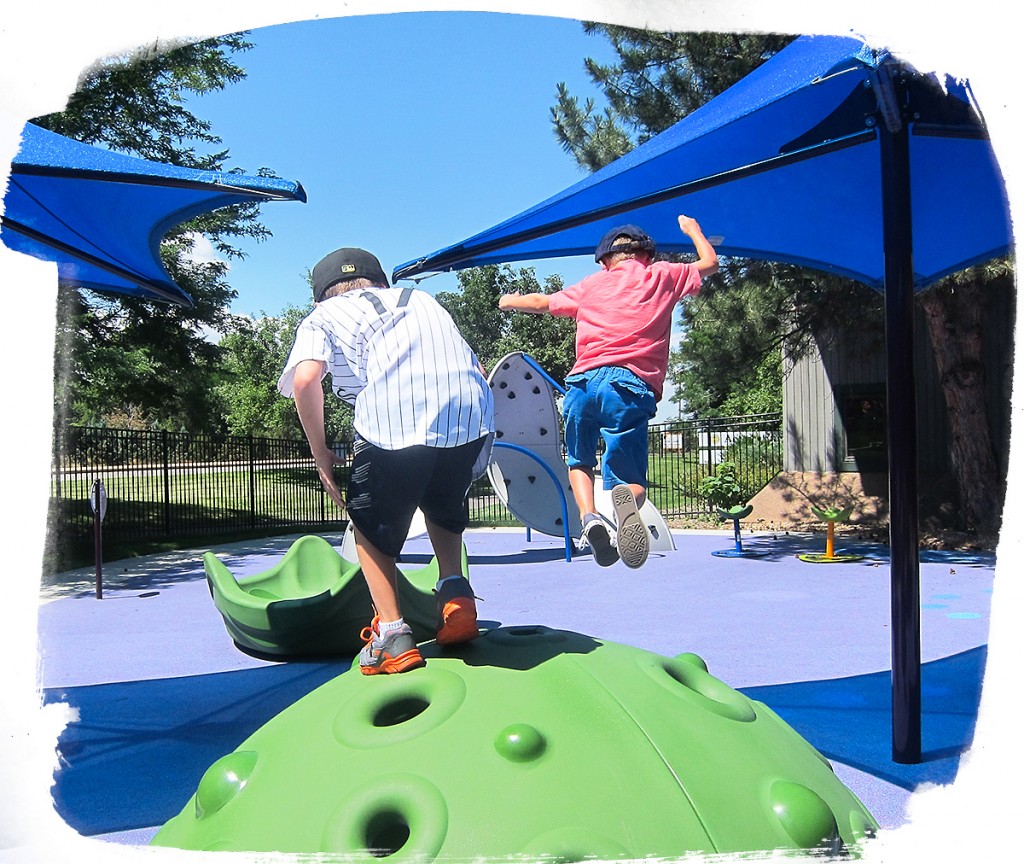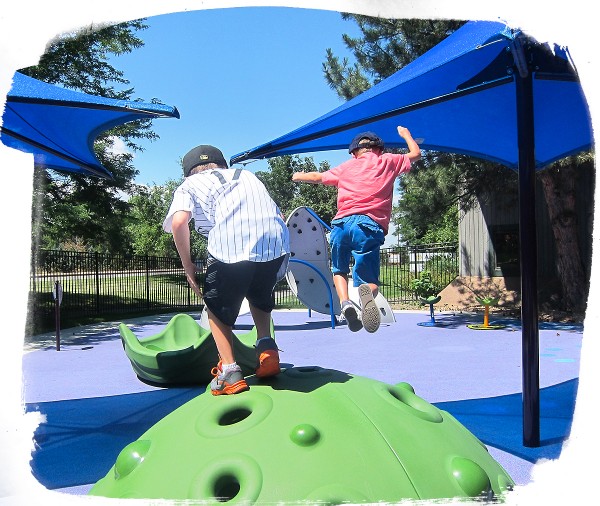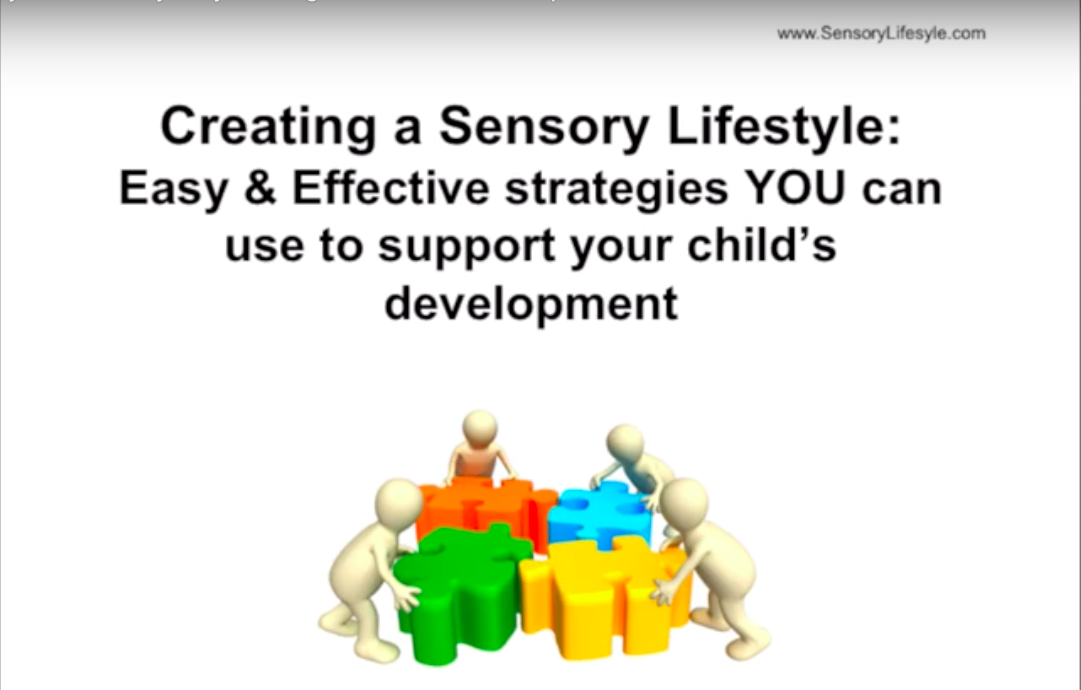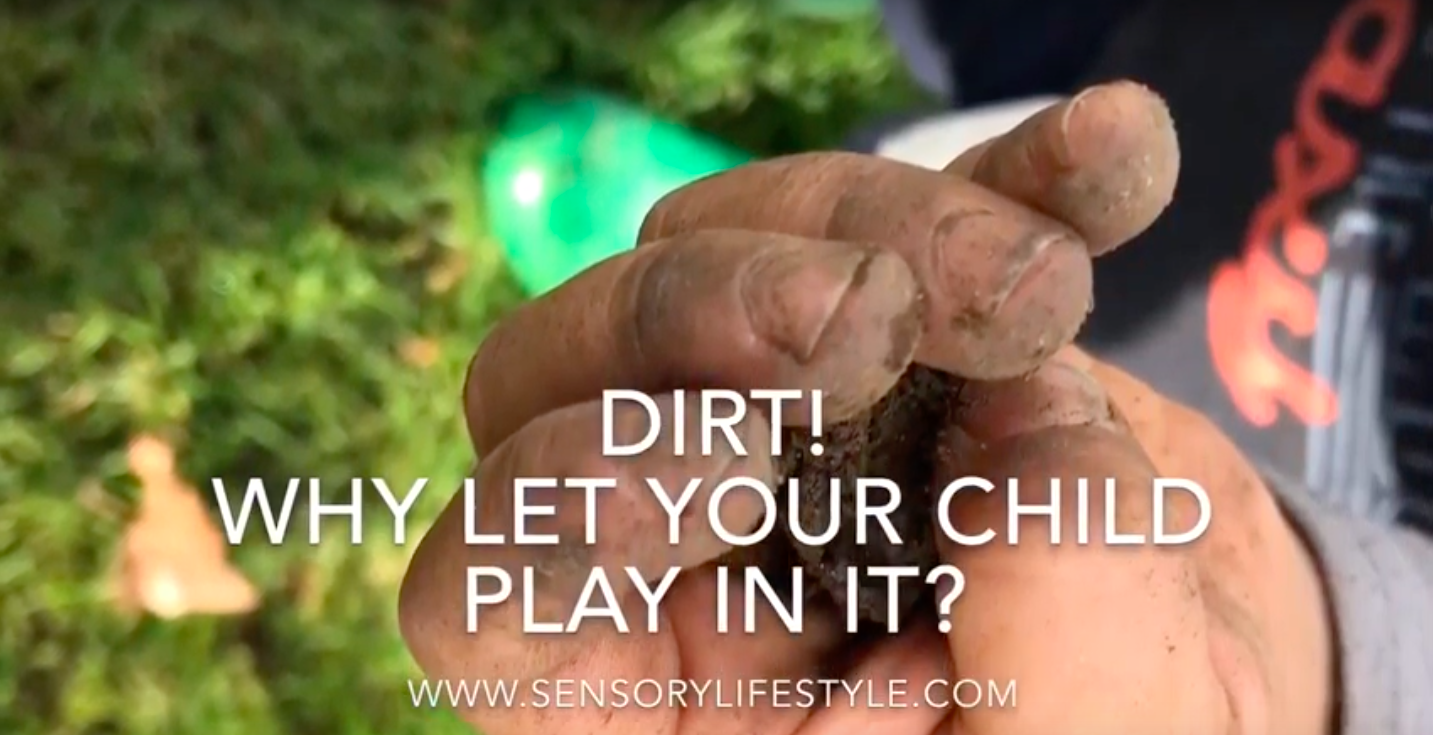The Developmental Benefits of Playgrounds – Part 2

2 min read
by Urszula Semerda with Dr. Lucy Jane Miller
In part 1 of this 3 part series I discussed different self- regulation strategies that can be used on playgrounds. In this post I will discuss further developmental benefits of playgrounds: self-esteem and self-confidence.
Self-Esteem & Confidence

Playgrounds consist of a myriad of levels of challenges for children. Playing on the playground provides an opportunity for children to build up their confidence and increase their self-esteem. By participating and completing many of the activities, children start feeling good about themself as they experience success. The magic ingredient that motivates children is . . . other children! Without realizing it, children who are navigating through activities that represent their strengths act as role models for their peers who might see the same activities as challenging.
During our groups we saw many children overcoming their challenges and participating in activities that otherwise they may not normally do.
Amy’s Story
Amy was a young girl who was diagnosed with tactile defensiveness. Her family thought it would be a great idea for her to participate in our Ooey Gooey camp, which focused on exploring a variety of textures in a fun way.
During the first day, Amy was very cautious of any tactile experience. She preferred to stay far away, usually so the textures were out of her sight. With some encouragement, on the second day she was able to move closer to the textures. On the third day however, something magic happened… As she was exploring the land of Ancient Egypt she was laughing and having fun with her friends. Then… we reached the desert.
She stopped just outside of the sandbox and watched her friends jump in and play with the sand. We all watched to see if Amy would go in…but she wasn’t moving. As the group was playing she came closer to investigate what they were playing. Adam and Zoe were building a trench.
“I think you should add more sand on that side” Amy said to her friends while pointing.
Her friends didn’t respond.
“I think you are too far and they can’t hear you” I said, waiting in anticipation to see her reaction.
After few moments she started to slowly move forwards onto the sand. When she reached her friends she repeated her suggestion.
“I think you should add more sand on this side”.
Adam turned around and asked “Which side?”
“This side,” said Amy pointing to the left side of the trench. “It can hold more water if you build it up.”
Adam started adding more sand. I could tell from the look on Amy’s face it wasn’t what she had in her mind. Then slowly Amy squatted down and moved her right hand toward the sand. Then, with just her fingertips she picked up a small amount of sand “Like this” she said as she transferred the small amount of sand towards the trench.
What a wonderful sight! Her need to participate and play with her friends was so strong that it gave her the confidence to try something new.
As I visit the local playgrounds I frequently see many examples of just that. Children that play on equipment that represent their strength quickly become role models for others. As they play they motivate their friends to push themselves.
To learn more read the final Part 3 of Developmental Playground Benefits discussing social participation.


